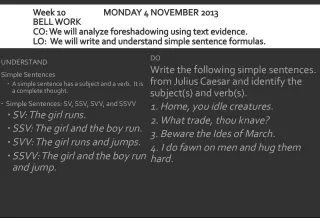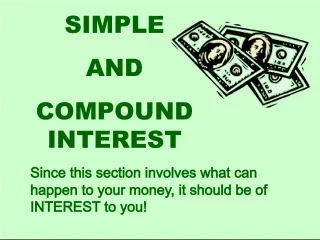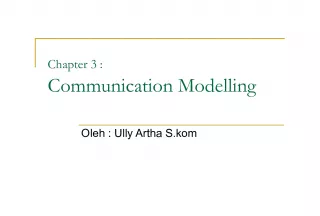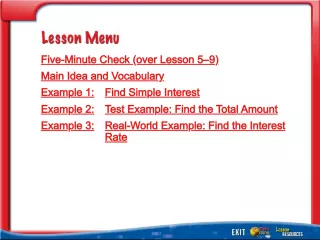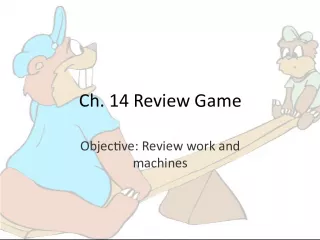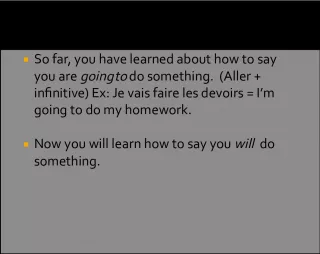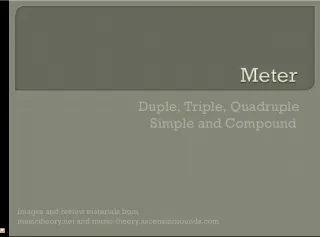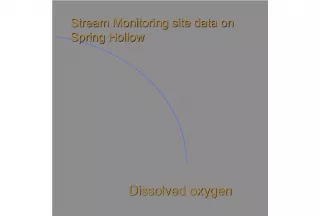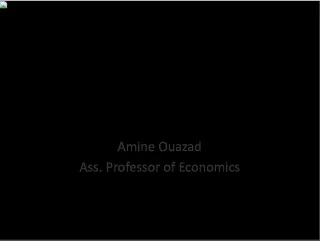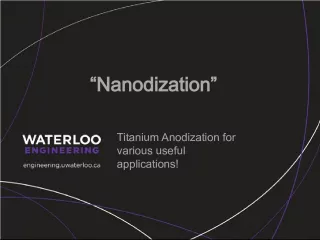Introduction to Simple Invertebrates


This article discusses the basic characteristics of simple invertebrates including sponges, cnidarians, flatworms, roundworms, and segmented worms. Sponges are asymmetrical and
- Uploaded on | 2 Views
-
 artemiya11
artemiya11
About Introduction to Simple Invertebrates
PowerPoint presentation about 'Introduction to Simple Invertebrates'. This presentation describes the topic on This article discusses the basic characteristics of simple invertebrates including sponges, cnidarians, flatworms, roundworms, and segmented worms. Sponges are asymmetrical and. The key topics included in this slideshow are . Download this presentation absolutely free.
Presentation Transcript
Slide1Simple Invertebrates• Sponge • Sponges are asymmetrical • and do not have real tissue or organs. • Cnidarians have radial symmetry • and have a mouth, tentacles, muscle tissue and stinger cells sponge jellyfish Sea anemone hydra coral
Slide2Simple Invertebrates• Flatworm -flat body, head with simple eyes, and a mouth • Roundworm-simple digestive and nervous system • Segmented worm- divided into sections and has organs such as a heart, stomach, and brain Flatworm Roundworm (nematode) Segmented worm (annelids)
Slide3Complex Invertebrates -Mollusks• Snails • have bilateral symmetry • a muscular foot or tentacle • mass of internal organs • most have a shell • specialized organs including heart, gills and a well-developed nervous system Snails clams squid
Slide4Complex Invertebrates-Echinoderms• have a hardened skeleton inside the body (endoskeleton) • usually have radial symmetry • use a water pressure system that helps them feed, breathe and move Sea star Sea urchin Sea cucumber
Slide5Complex Invertebrates -Arthropods• crabs • hard skeleton on the outside (exoskeleton) provides strength and protection. • bilateral symmetry • segmented bodies with jointed legs • efficient nervous sytem and good sensory systems insects spiders crabs
